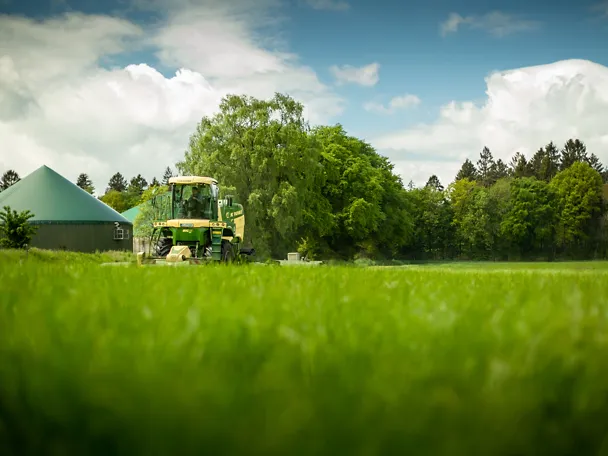
The test of ripeness in grassland – finding the right time to mow with SCHAUMANN
SCHAUMANN documents the development of grassland on representative areas of the Hülsenberg estate with the ripeness test.
There were 90 results found for "".

SCHAUMANN documents the development of grassland on representative areas of the Hülsenberg estate with the ripeness test.
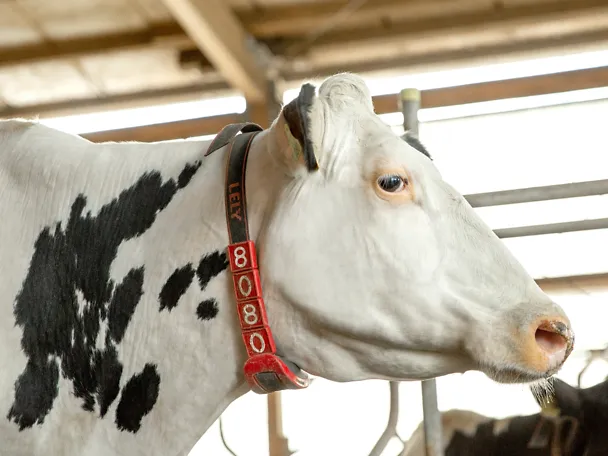
The Baxter daughter Orla (GP-83) has reached the milestone of 100,000 kg lifetime production after approximately 200 days of lactation in her fifth lactation.
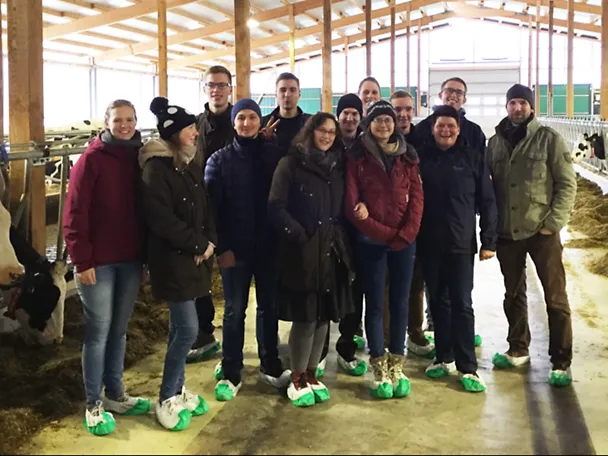
At the invitation of SCHAUMANN, eleven members of the Young DLG Group of the Anhalt University of Applied Sciences in Bernburg paid a visit to the Gut Hülsenberg. The guests were given an insight into the history, structures and services of the farm.
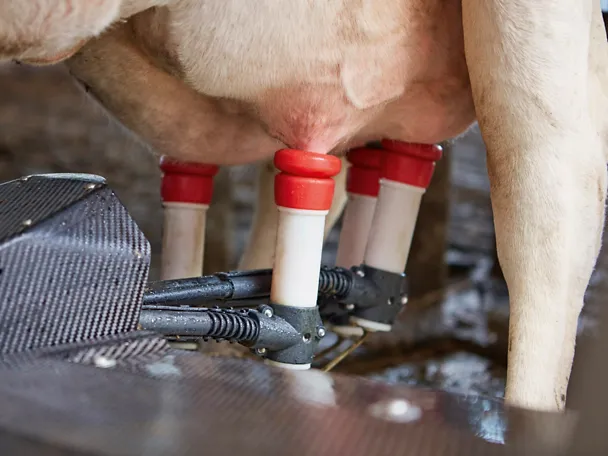
In der letzten Woche hat der Landeskontrollverband Schleswig-Holstein die 2019-er-Leistungszahlen seiner gut 2.600 Mitglieds-Milchviehbetriebe veröffentlicht. Gut Hülsenberg konnte sich dabei auf außergewöhnliche Art und Weise auszeichnen.
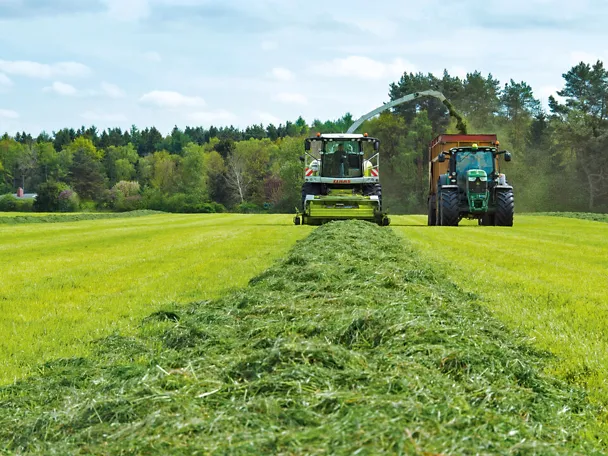
Here you can find our videos about ensiling of grass at Gut Hülsenberg. Learn more about determining the right time for cutting, choosing the right silage additive and silo management.
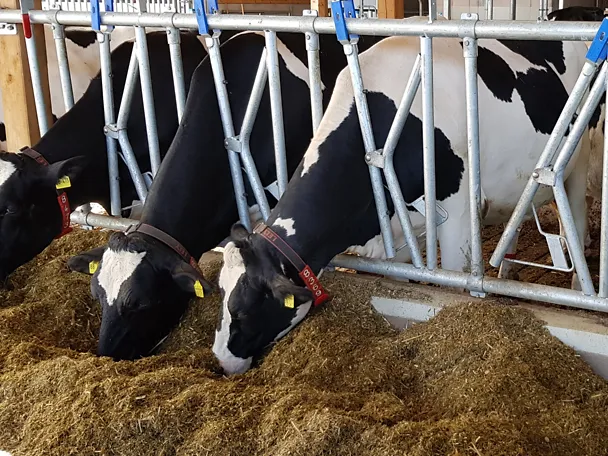
The Holstein herd of Gut Hülsenberg is one of the herds with the highest lifetime milk yields of cows in Germany in 2019. The lifetime milk yield is 21.7 kg of milk per day.
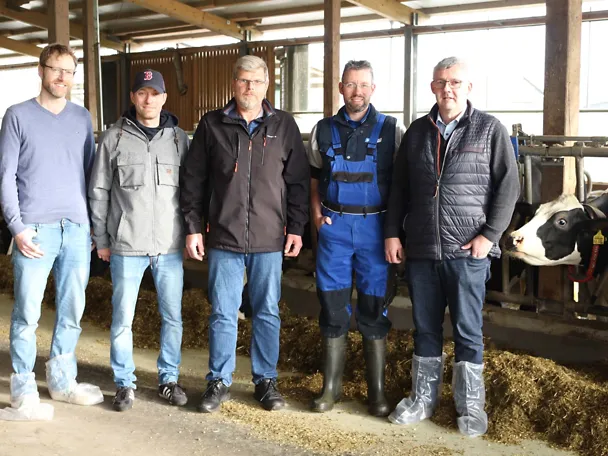
In Issue 1/2022 of Elite, a German magazine for dairy farmers, Gut Hülsenberg, its dairy herd and the herd's high performance are “in focus”.
Here you can find our videos about maize silage at Gut Hülsenberg. Learn more about inventory audit, choosing the right silage additive and silage management.
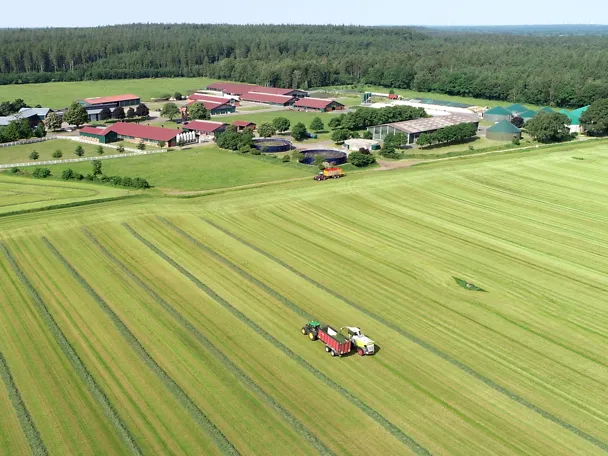
Exactly 21 days after the first cut, the second cut was harvested. Thanks to the good water supply in recent weeks, yields are above average at 10-12 t DM/ha.
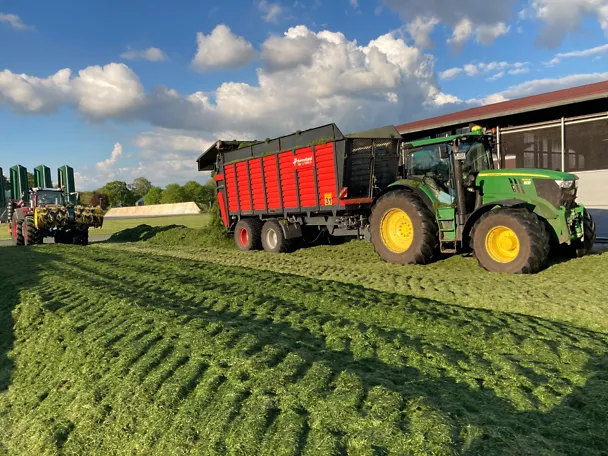
Gut Hülsenberg optimally completed its first grass cutting from May 18 to 20 despite a very short time frame.
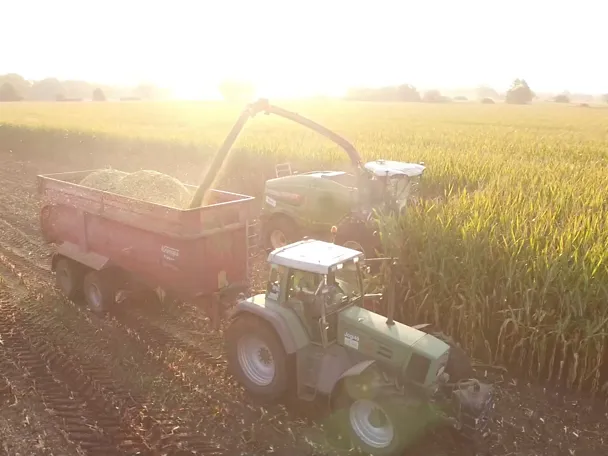
Maize harvesting at the Hülsenberg estate has been completed. Despite an initially difficult maize year with a pronounced cold spell and drought, very good yields and quality were achieved.
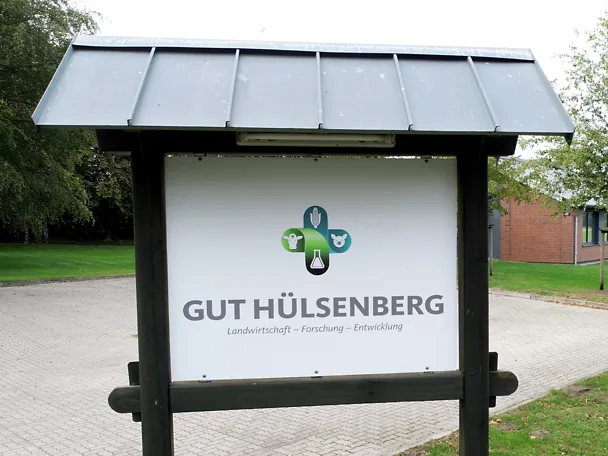
You can find out more about what is going on on the estate, as well as an archive of reports from past years, on this page.
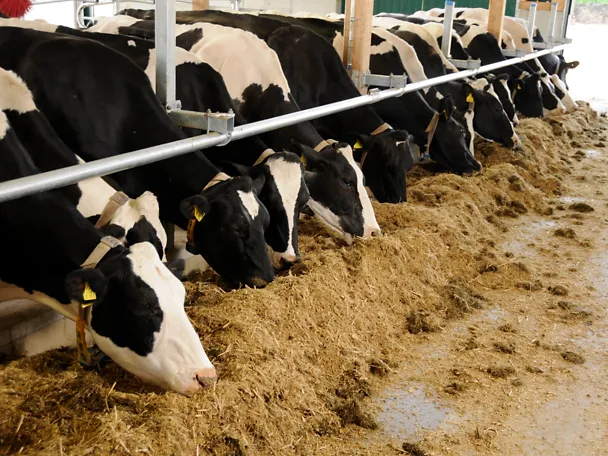
The Landeskontrollverband Schleswig-Holstein (State Monitoring Association Schleswig-Holstein) has published its annual statement 2017. The dairy herd of Gut Hülsenberg, with on average 198 cows, defended its top position in its size category.
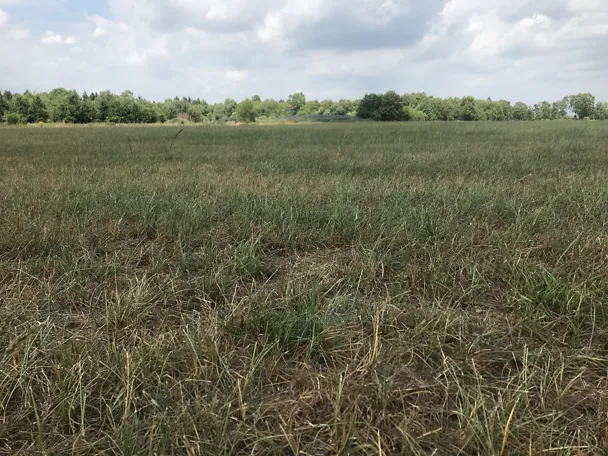
The prolonged drought before the second harvest at Hülsenberg Estate resulted in low yields with high sugar contents. Protection against subsequent warming became even more important.
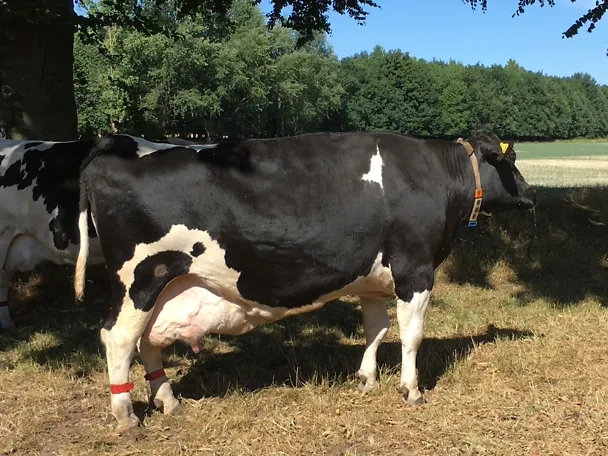
In spring 2018, Frauke, who was sired by Aaron, exceeded the 150,000 litre milk mark and in doing so set a new lifetime yield record at the Gut Hülsenberg.
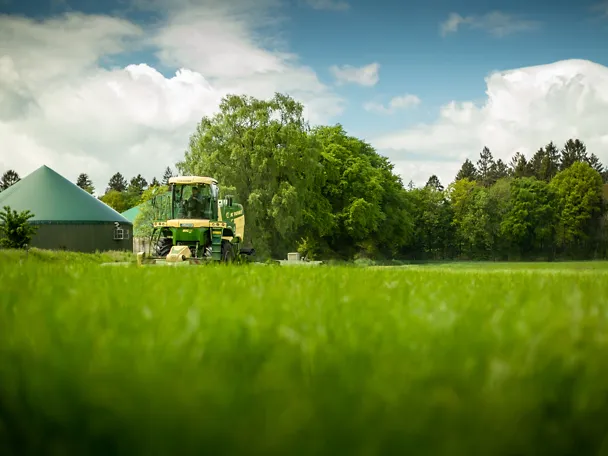
Gut Hülsenberg shows how climate-friendly milk and biogas production can go hand in hand: greenhouse gas emissions have been further reduced since 2012 through more efficient feed production, optimal nutrient utilisation and healthy, long-lived cows.
We are happy to pass on innovations and news from the company in the form of press releases. You can find an overview of our press releases here.
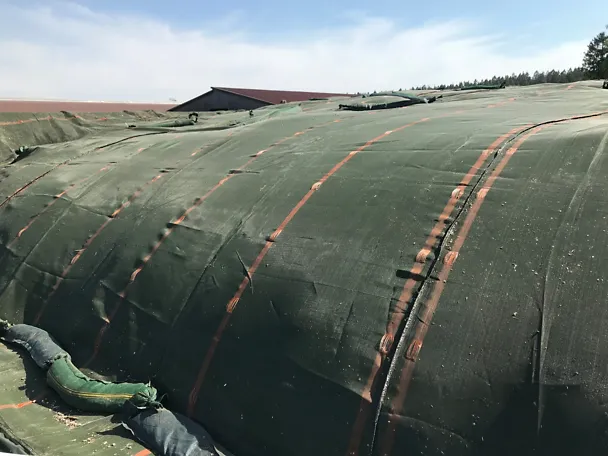
In perfect weather, the first harvest was harvestet at Gut Hülsenberg on May 13 and 14. The silage additive bonsilage FIT G was used.
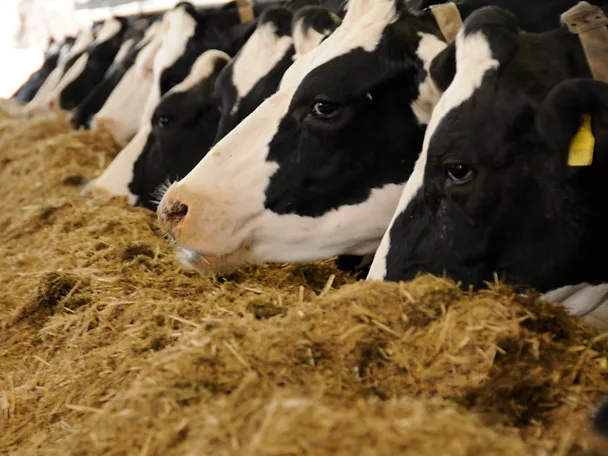
The 1st cut for 2017, which had been treated with bonsilage SPEED G, was opened again after a short ensiling period, as planned. The good appearance and pleasant smell evident as soon as the silo was opened were already indicative of impeccably high silage quality
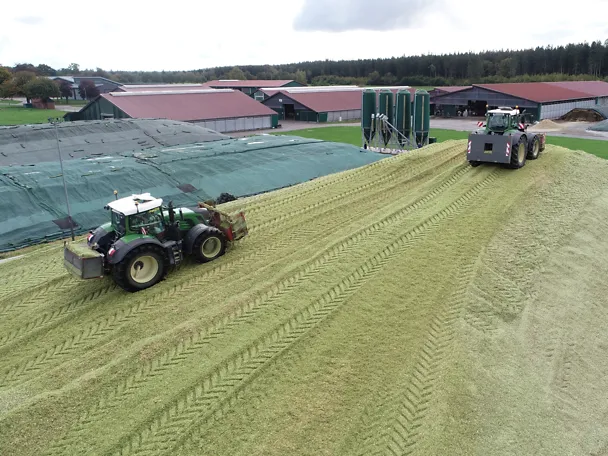
The maize harvest at Gut Hülsenberg was a success. Not only the yield, but also the quality of the silage was impressive.
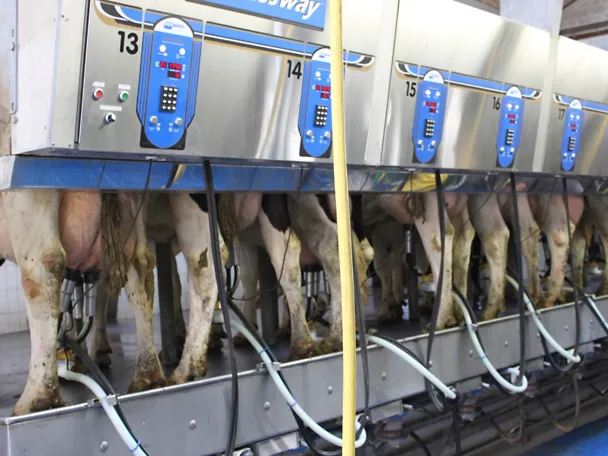
The Gut Hülsenberg dairy herd once again performed very well in the annual report of the Schleswig-Holstein State Control Association. The lifetime production is particularly striking.